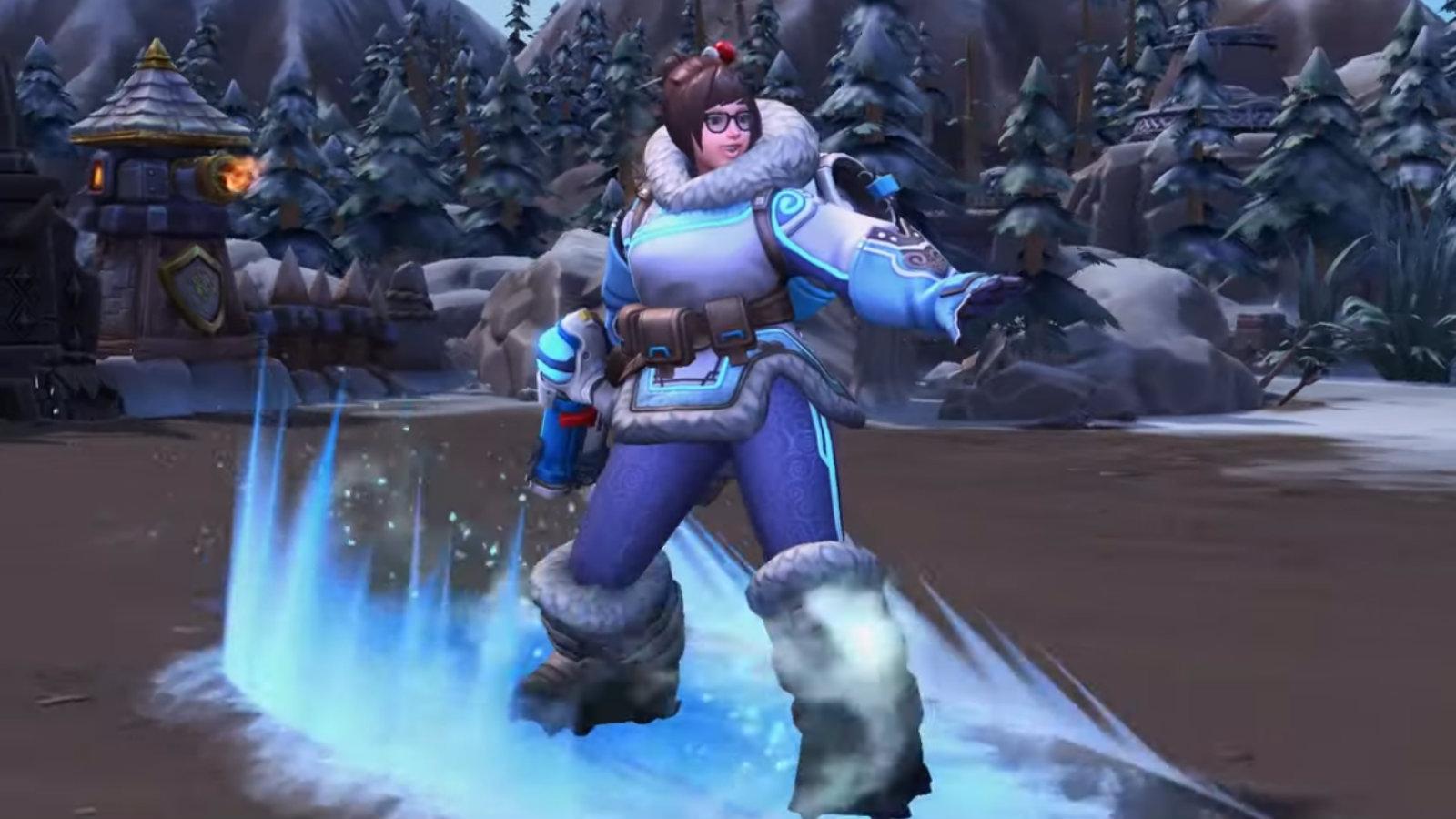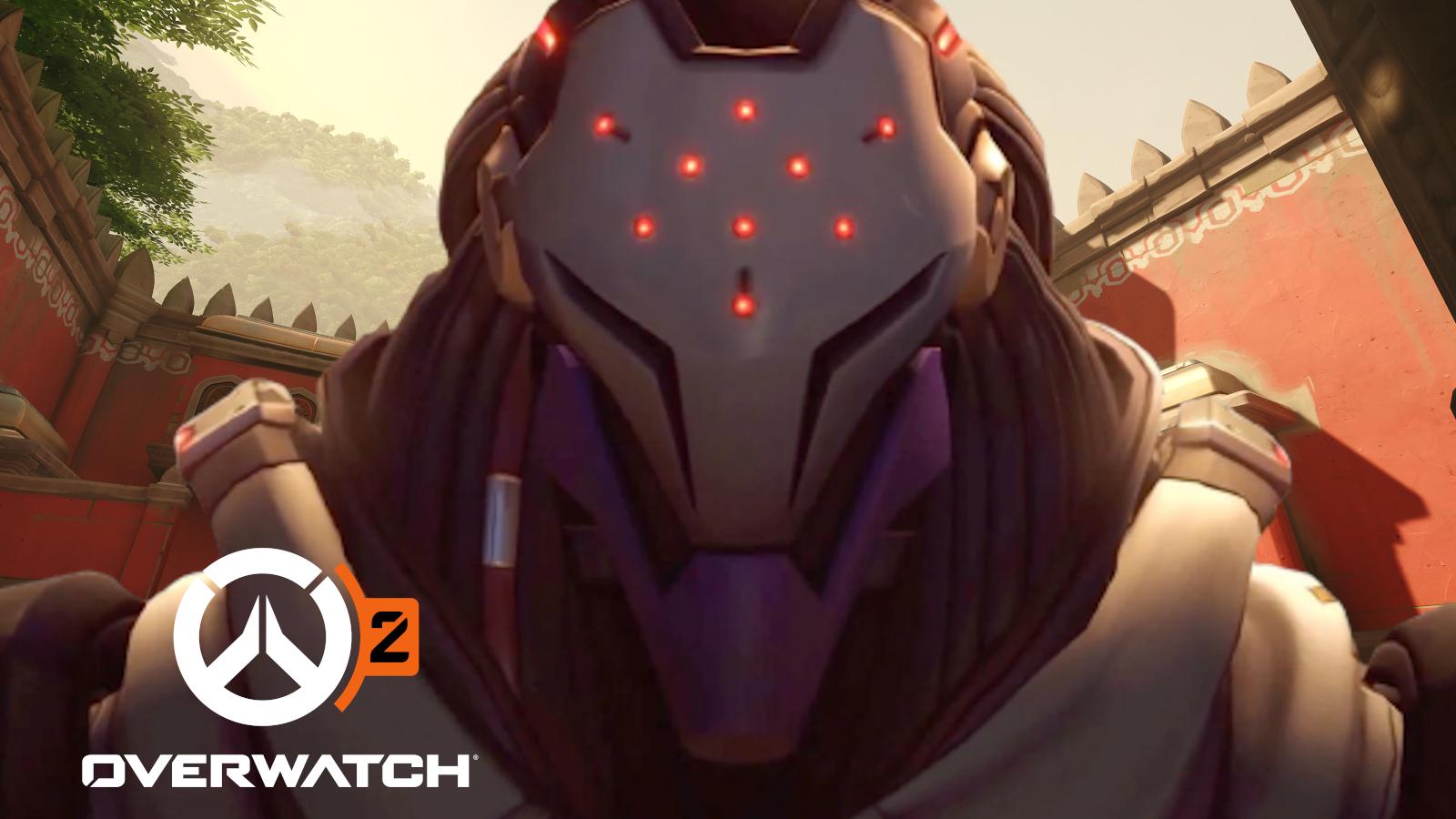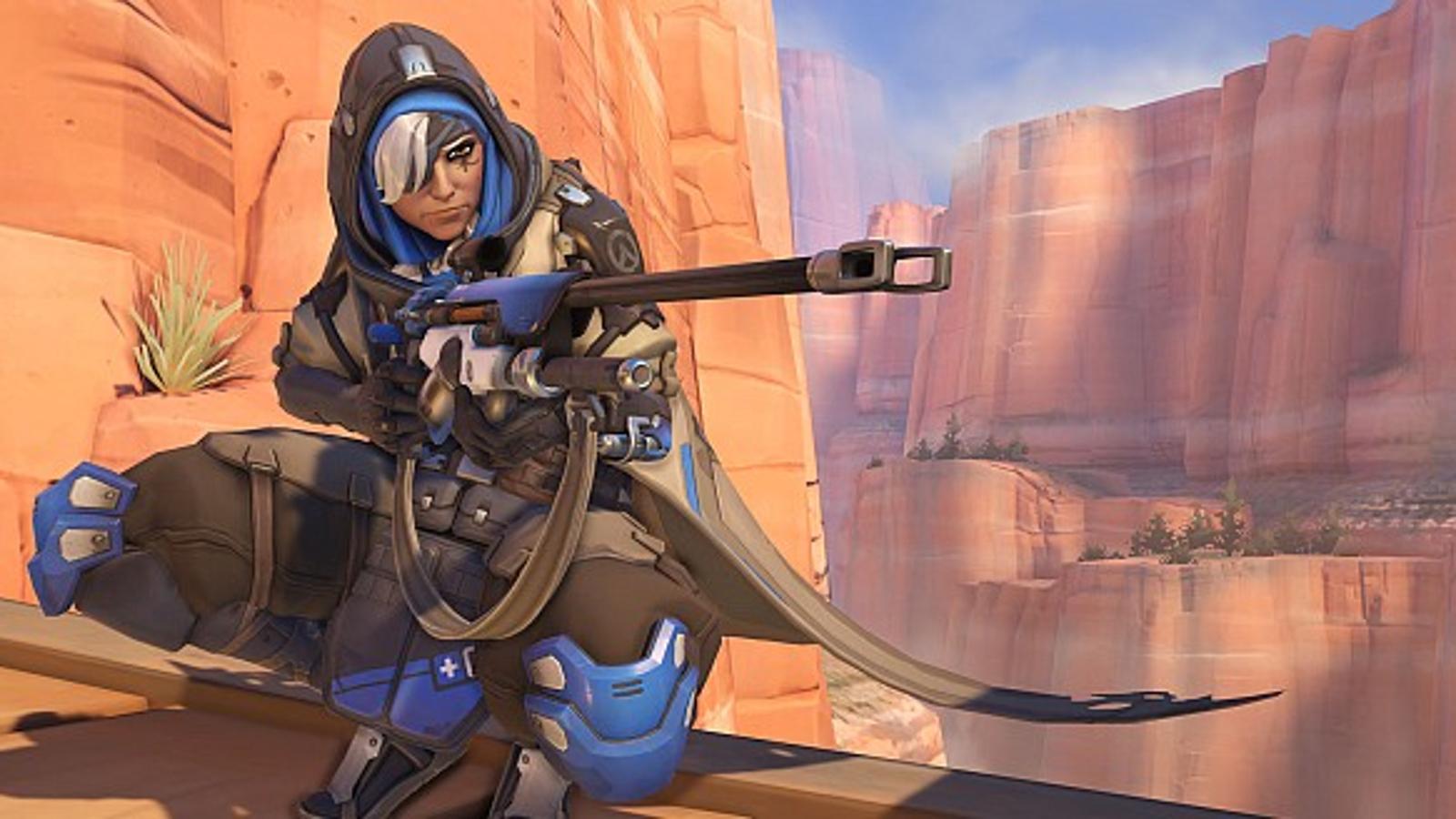Before and after comparison of Overwatch’s March 19 knockback changes
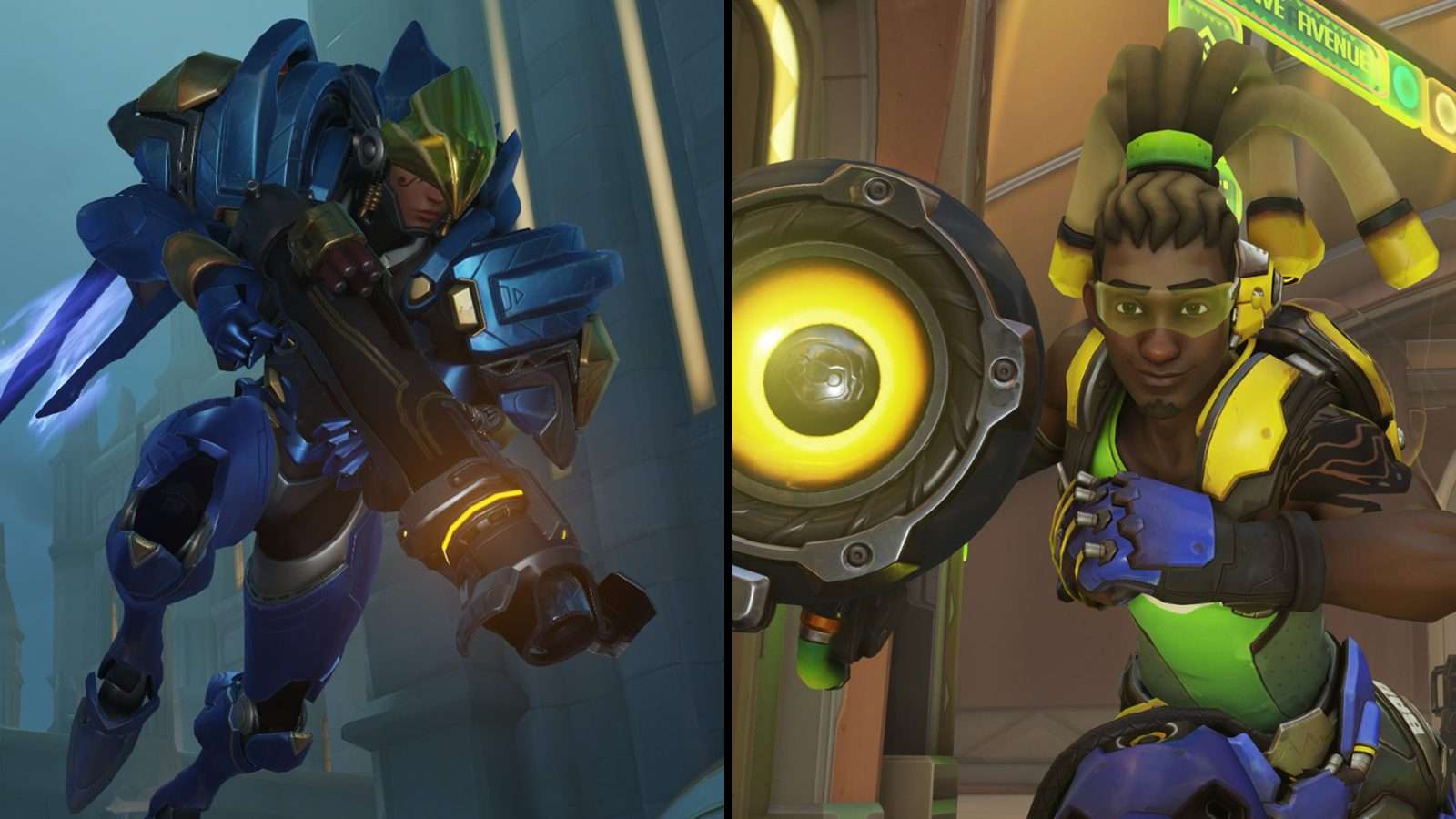
The March 19 update for Overwatch made massive changes to game balance and mechanics, with a huge number of hero updates as well as an entirely new hero, Baptiste.
[ad name=”article1″]
Amid the hero-specific changes were some more general updates to game mechanics that affect a number of different heroes, including updating the way certain types of damage are affected by armor, and changing how knockbacks work.
Previously, the distance a player would be knocked back was influenced by their momentum at the point of the knock-back occurring. If they were moving towards the knockback, they would be thrown less distance, and if they were moving away the knock-back was amplified.
As a result, good players could use their own movement to counter a knock-back, either minimizing the effect or using it as their own escape tool.
[ad name=”article2″]
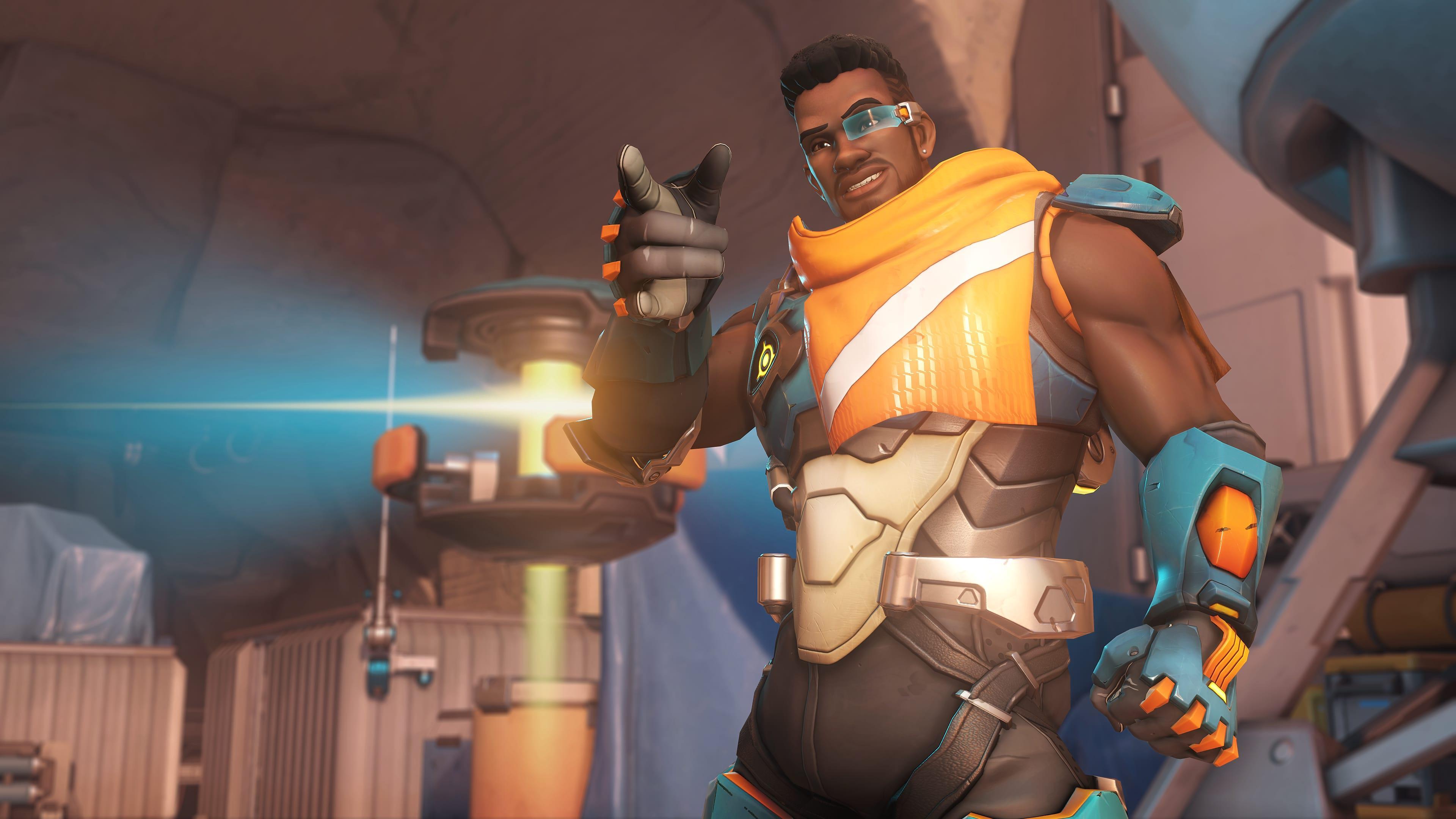 The new patch also introduced the game’s 30th hero, Baptiste.
The new patch also introduced the game’s 30th hero, Baptiste.For the player performing the knockback, however, the effect could be frustratingly inconsistent, relying significantly on the movement of the enemy and therefore out of the control of the player actually using the ability.
The change to the way knockbacks work means that the player being knocked should now travel a consistent distance regardless of their momentum.
Overwatch player u/itsjieyang made a comparison between the new patch and the previous one to demonstrate exactly what this change looks like.
[ad name=”article3″]
The update is generally a direct buff to knock-back mechanics, as it removes the ability of enemies to minimize the effect of the knock-back, ensuring the likes of Lúcio’s right-click can force opponents back a good distance.
With the change coming amid a large number of other changes, it remains to be seen exactly how the update will affect the game’s meta.
